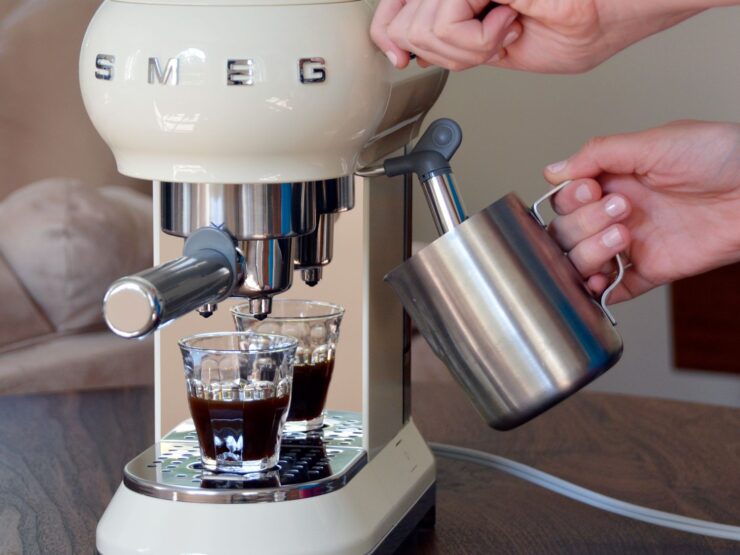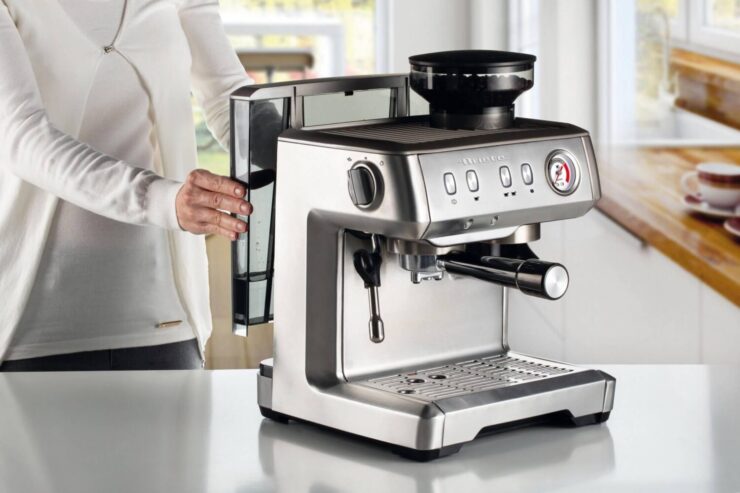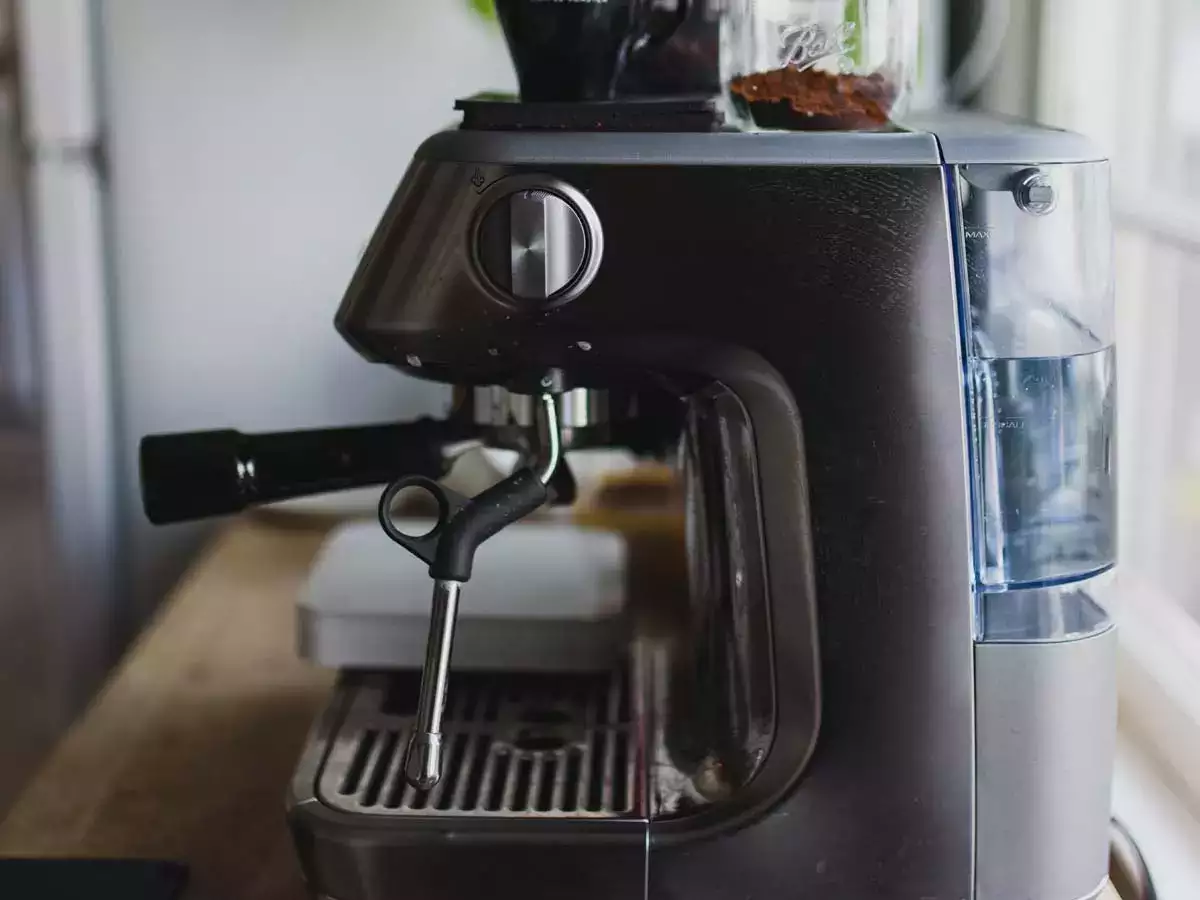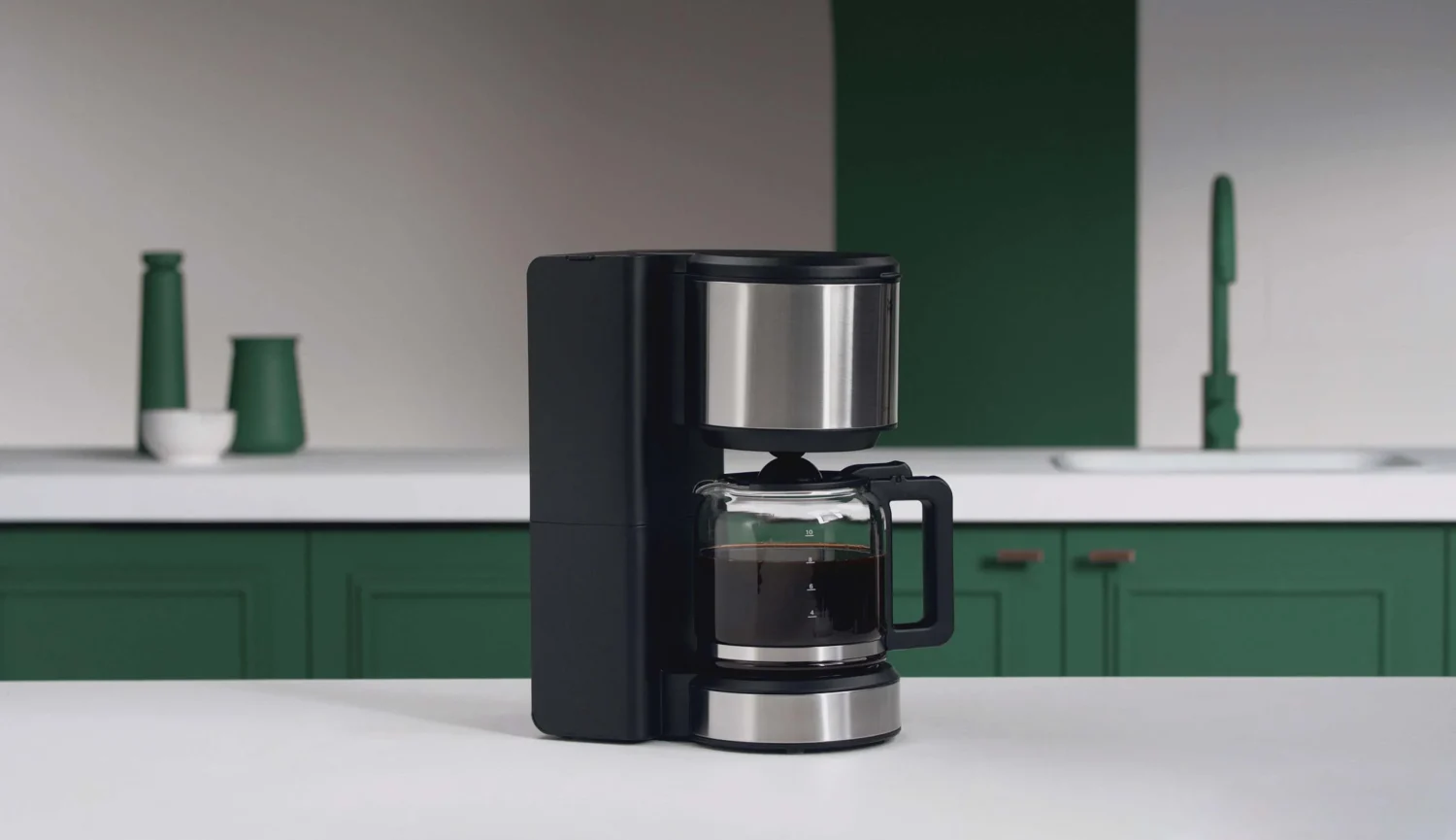A cup of coffee is the choice of millions of people out there. It could be any coffee – dalgona, Americans, expresso, cappuccino, etc. It is made in various ways, but it is common how it is first brewed and then poured into milk or water. There are different flavors of coffee available, but the output and how the taste comes out depends on the brewing machine.
Many people buy coffee from outside outlets, and others opt for brewing machines. You not only get reasonable offers but can look for long-time-saving options instead of purchasing outlet brew every day. You can even get offers by going for a coffee machine subscription on sites like Moriondo. It results in not only saving lots of money but time as well.
It may seem like a good idea to buy a brewing machine along that line of thought. But what if the energy consumption is too high or the filters are costly and only one-time use? In such cases, you must look for an innovative and environmentally friendly alternative. These options benefit not only people but the environment as well, creating a good pebble effect, but for that, first, we need to understand how coffee affects the environment.
How Does Coffee Affect The Environment?

Coffee is a beverage many of us like and take in a large amount every month, but what about the environment where the coffee is grown? Nowadays, many trees are cut off to produce the beans in large amounts, whereas in comparison to the previous times, near to zero trees were cut off. Clearing off trees results in erosion as well as the soil of the plant gets more sensitive to the weather conditions. Not only that but a lot of harm also went to the animals and birds that resided in those trees.
To mass produce, java farmers with less land started using pesticides, and even those with more land started following in their footsteps. It resulted in high levels of chemicals in the water bodies near the java plantations. Even the processing of these java beans resulted in a lot of pollution consisting primarily of organic pollutants. These pollutants add to the pollution created by the chemicals in the water bodies and negatively impact the environment.
4 Ways To Tell If Your Coffee Machine Is Environment Friendly
It might be challenging to understand how your bag of beans could impact the environment. But once you do hear about it, you try looking for better options. These better options are mostly known as environmentally friendly options, which might seem costly for once. Still, in the long run, these environment-friendly brew machines are way more beneficial than regular ones.
1. Energy Consumption

If your brew machine uses excessive energy or more energy than it should use instead of the required units, then it’s not an environmentally friendly brew machine. No matter how much energy may seem abundant to you, at the end of the day, when you look at the background, various energy sources are getting depleted at an alarming rate. Therefore when looking at daily use equipment like brew machines which are used multiple times in a day or for hours at cafes, they consume energy every hour. What matters is how you can choose to lower that energy consumption by opting for a lower energy consumption machine.
2. Material
Choosing an eco-friendly and sustainable brew machine is an excellent option as it would naturally have less to no harmful materials involved in making the brew machine. Non-environmental-friendly options mostly contain plastic or non-biodegradable metals and even toxic metals that are used in making small parts of the machine. Manufacturers can use these non-environmental friendly materials in the extra parts you get with the machine. While looking through the material of the brew machine, you might ignore the material used in the extra equipment where you can easily find the materials such as plastic.
These materials are not only harmful to the environment, but at high temperatures, these materials could be harmful to the person drinking coffee brewed from that machine. Therefore going for environmentally friendly materials would lead to lower pollution in the environment as well as less possibility of the poison for you.
3. Type Of Coffee

The java beans you put in your machine for brewing might not be as good as you think. When the java beans stay in the back of the cupboard for a long time, they lose their delicateness. Over time, they harden, or maybe the java beans you bought had a hard shell. It could result in more work from your brewing machine, where if it doesn’t work properly in brewing the coffee, it might result in a lot of coffee grounds going to waste.
It leads to increased coffee waste, which you could have used better. Not to mention that hardly anyone creates art or DIYs and composts their coffee wastes, thus creating a waste that doesn’t get reused and even costs more money for your cup of coffee.
4. Filters
The availability of various kinds of coffee filters in the market has increased over the past years. Your brewing machine company must have a dedicated reusable filter for eco-friendly options. Depending on your usage, throwing away pods after every cup and a filter after every few months can be very tricky for the environment. A reusable filter ensures that the maximum amount of waste and the impact of the brewing machine and the coffee itself is the least on the environment.
Conclusion
The environment is precious for everyone when we need something from it, but taking care of the environment in return should also be your responsibility. Opting for environment-friendly options for everyday equipment that can replace one-time equipment is a great effort. Where such a large population enjoys coffee, going for environmentally friendly choices is a great start. Be it brew machines or cups, checking the materials and those small written sentences at the back can help you be kinder to the environment as well as to yourself.

